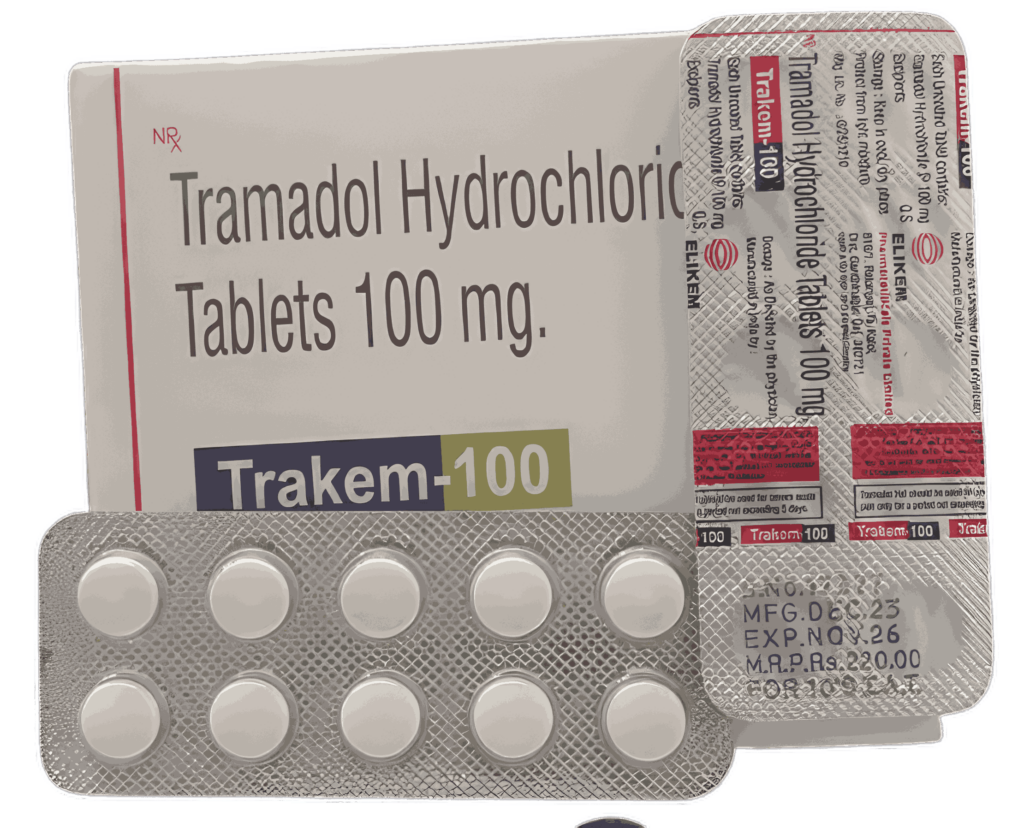Healthy Snack Alternatives: Curb Hunger, Boost Health
Have you ever found yourself in the dreaded afternoon slump, staring blankly at your computer screen, with your stomach rumbling and your brain screaming for a sugary pick-me-up? That familiar craving, often for something salty, sweet, or crunchy, can feel impossible to resist. We’ve all been there – reaching for that bag of chips, a chocolate bar, or a sugary soda, hoping for an immediate energy boost, only to crash harder an hour later. The cycle is exhausting, frustrating, and often undermines our best intentions for a healthier lifestyle. But what if there was a better way? What if you could satisfy those snack cravings with smart, delicious, and genuinely beneficial **healthy snack alternatives** that keep you full, energized, and focused?
The Silent Saboteur: Understanding Our Unhealthy Snacking Habits
The problem isn’t just about willpower; it’s deeply rooted in the convenience and addictive nature of modern ultra-processed foods. These items, engineered for maximum palatability, often contain high levels of sugar, unhealthy fats, and sodium, designed to bypass our natural satiety signals. While they offer a fleeting burst of energy, this is typically followed by a sharp drop in blood sugar, leaving us feeling hungrier, more tired, and even irritable. This “sugar roller coaster” is not only detrimental to our energy levels and productivity but also poses significant long-term health risks.
According to the Pan American Health Organization (PAHO), ultra-processed foods (UPF) are major drivers of the global obesity epidemic and a range of non-communicable diseases (NCDs) like type 2 diabetes, heart disease, and certain cancers. Their high caloric density combined with low nutritional value means we consume more without feeling satisfied, contributing to weight gain and nutrient deficiencies. A 2019 PAHO report, “Ultra-processed food and drink products in Latin America: Trends, impact on health, and policy implications,” highlights how these foods, designed for hyper-consumption, displace nutritious whole foods in our diets, leading to a cascade of negative health outcomes. This isn’t just about aesthetics; it’s about sustained energy, improved mood, sharper cognitive function, and preventing chronic illness – crucial aspects of a full and vibrant life.
[Image: A split image showing a person looking tired and frustrated with a bag of chips vs. a person looking energized with an apple and nuts.]
The Science of Satiety: Why Smart Swaps Work
The good news is that understanding *why* unhealthy snacks fail us paves the way for effective solutions. The key lies in choosing nutrient-dense foods that promote satiety – the feeling of fullness and satisfaction – and provide sustained energy. This typically means prioritizing snacks rich in protein, fiber, and healthy fats.
* **Protein:** Known for its high satiety index, protein takes longer to digest, keeping you fuller for longer and helping to stabilize blood sugar. It also supports muscle maintenance and growth.
* **Fiber:** Found in fruits, vegetables, and whole grains, fiber adds bulk to your diet without adding many calories. It slows digestion, aids in blood sugar regulation, and promotes gut health. A systematic review and meta-analysis published in *Critical Reviews in Food Science and Nutrition* in 2022 confirmed the strong link between dietary fiber intake and improved cardiometabolic health, reinforcing its importance beyond just satiety.
* **Healthy Fats:** While calorie-dense, healthy fats (from sources like avocados, nuts, and seeds) contribute to satiety and play vital roles in hormone production and nutrient absorption. They help slow down the emptying of the stomach, thus extending feelings of fullness.
By strategically incorporating these macronutrients into your snacks, you can transform them from energy drainers into health boosters. The U.S. Department of Health and Human Services and U.S. Department of Agriculture’s *Dietary Guidelines for Americans, 2020-2025* consistently recommend choosing nutrient-dense foods across all food groups, emphasizing lean proteins, whole grains, fruits, and vegetables for optimal health.
Elevating Your Energy with Healthy Snack Alternatives
Ready to swap out those energy-sapping snacks for genuinely nourishing options? Here are some practical, evidence-based strategies and delicious alternatives:
1. Conquer Cravings with Protein Power
Protein is your secret weapon against hunger. Instead of reaching for sugary treats, opt for protein-rich options:
* **Swap:** Candy bar, cookies, or sugary pastries
* **For:** Greek yogurt (plain, with a few berries), a handful of almonds or walnuts, a hard-boiled egg, cottage cheese, or a protein smoothie.
* *Real-World Example:* Sarah, a busy marketing manager, used to grab a muffin and coffee every mid-morning. She started prepping Greek yogurt with a sprinkle of chia seeds and a few raspberries. “The difference was incredible,” she shared. “I stayed full until lunch, avoided that familiar sugar crash, and felt much more focused during my client calls.”
2. Embrace Fiber for Sustained Fullness
Fiber-rich foods fill you up and keep your digestive system happy.
* **Swap:** Potato chips, white crackers, or pretzels
* **For:** Sliced apples with a tablespoon of natural peanut butter, carrot sticks with hummus, air-popped popcorn (lightly seasoned), or whole-grain crackers with avocado.
* *Expert Insight:* “Many people underestimate the power of fiber in controlling appetite,” notes Dr. Emily Carter, a registered dietitian specializing in preventive nutrition. “It’s not just about regularity; fiber acts like a sponge in your digestive system, expanding and slowing nutrient absorption, which sends powerful satiety signals to your brain. Plus, it feeds your beneficial gut bacteria, contributing to overall well-being.”
[Image: An infographic showing “Unhealthy Snack” vs. “Healthy Swap” with examples like chips vs. apple slices and nuts.]
3. Smart Fat Choices for Lasting Satisfaction
Don’t fear healthy fats; they are crucial for satiety and overall health.
* **Swap:** Creamy dips loaded with unhealthy oils
* **For:** Guacamole with vegetable sticks, a small handful of mixed nuts (almonds, walnuts, pecans), or a few olives.
4. Hydrate Strategically
Sometimes, what feels like hunger is actually thirst.
* **Swap:** Sugary sodas, fruit juices (even 100% juice can be high in sugar)
* **For:** Water (plain or infused with fruit slices), sparkling water, unsweetened herbal tea, or black coffee (in moderation). Dehydration can mimic hunger pangs, so staying well-hydrated is a simple yet powerful strategy.
Beyond the Plate: Psychological Aspects of Snacking
While *what* you eat is crucial, *how* you eat also profoundly impacts your snacking habits.
* **Mindful Eating:** Instead of mindlessly munching while working or watching TV, take a moment to truly savor your snack. Pay attention to its texture, taste, and smell. This practice can help you recognize your body’s hunger and fullness cues more accurately.
* **Emotional Eating Awareness:** Are you truly hungry, or are you reaching for food out of boredom, stress, or sadness? Identifying these emotional triggers is the first step toward finding healthier coping mechanisms that don’t involve food.
* **Planning Ahead:** “Fail to prepare, prepare to fail.” This adage holds true for healthy snacking. Dedicate some time each week to wash and chop vegetables, portion out nuts, or prepare hard-boiled eggs. Having healthy options readily available dramatically increases your chances of making good choices.
What Few People Tell You About Healthy Snacking
It’s easy to get caught up in the pursuit of “perfect” eating, but the reality of sustainable healthy habits is often more nuanced than rigid rules. Here are some insights rarely discussed:
* **Consistency Trumps Perfection:** Don’t let a single “bad” snack derail your entire day or week. One slip-up doesn’t erase your progress. Acknowledge it, learn from it, and get back on track with your next meal or snack. It’s about building consistent, healthy habits, not achieving flawless dietary adherence every second.
* **Your Body’s Signals Evolve:** As you transition to healthier eating, your taste buds and hunger signals will naturally adjust. Cravings for ultra-processed foods may diminish over time, and you’ll begin to genuinely enjoy the flavors and satisfaction of whole foods. Give your body time to adapt.
* **Sleep is a Snacking Superpower:** Lack of sleep significantly impacts hunger hormones (ghrelin and leptin), leading to increased appetite and cravings for high-calorie, sugary foods. Prioritizing 7-9 hours of quality sleep can be one of the most effective “snack strategies” you can employ.
* **Not All Calories Are Equal:** While calorie count matters for weight management, the *source* of those calories is paramount for health and satiety. 150 calories from an apple and a handful of almonds will impact your body and hunger levels vastly differently than 150 calories from a candy bar. Focus on nutrient density over mere calorie counting for snacks.
[Image: A graphic illustrating the “hunger-sleep connection” with arrows indicating how poor sleep increases ghrelin and decreases leptin.]
Crafting Your Personalized Snack Strategy
Embarking on a journey to healthier snacking isn’t about deprivation; it’s about smart substitutions and mindful choices that empower you. By understanding the science behind satiety and integrating protein, fiber, and healthy fats into your snack repertoire, you can effectively curb hunger, boost your health, and sustain your energy throughout the day. Remember, every small, intentional swap contributes to a larger, more vibrant picture of well-being. Start small, be consistent, and celebrate your progress as you transform your snacking habits into a powerful tool for better health.
Ready to make those healthy changes? Begin today by identifying just one unhealthy snack you regularly consume and commit to swapping it for a healthier alternative. Your body and mind will thank you.
**Author Bio:** Dr. Anya Sharma is a Registered Dietitian and Public Health Nutritionist with a Ph.D. in Nutritional Sciences from the University of California, Berkeley. With over a decade of experience in clinical practice and community health programs, Dr. Sharma specializes in evidence-based strategies for sustainable weight management, chronic disease prevention, and mindful eating. Her work focuses on empowering individuals to build healthier relationships with food through practical, compassionate, and scientifically-backed approaches.





